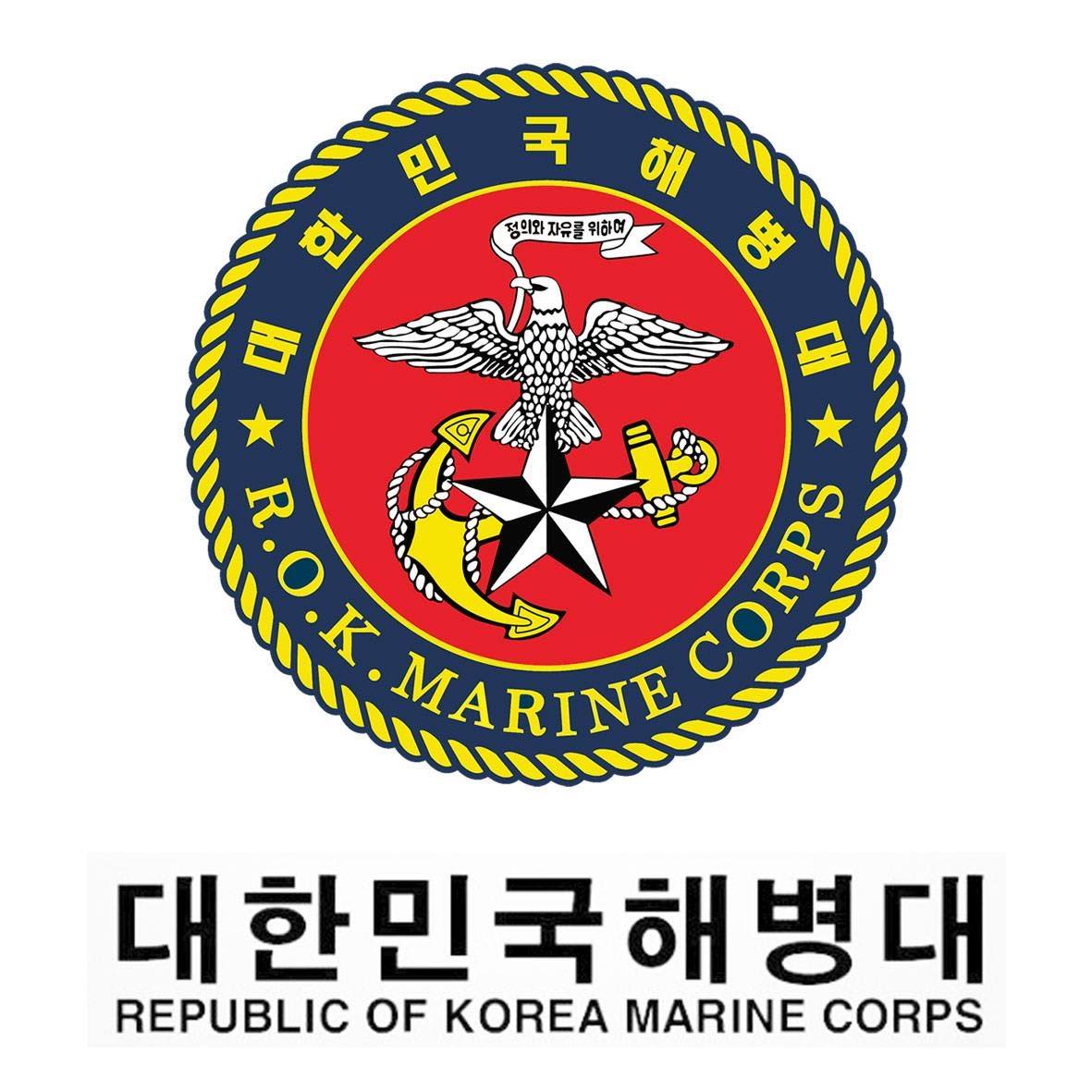
Within the framework of UNITAS 2022, on September 16, D-Day, a multinational amphibious operation took place in the municipality of Itaoca, in the state of Espiríto Santo, Brazil. The Operation included a mock rescue of threatened citizens off the coast of a country in conflict, through an amphibious incursion carried out by ships and aircraft of the Brazilian Navyand Marine Force.
Before the landing of more than 1000 soldiers from 12 countries during D-Day, Special Operations teams of the Multinational Special Operations Force, commanded by the Naval Special Operations Command, were infiltrated and remained at strategic points to perform support tasks that would allow the landing of the Incursion Force. This Force had 158 special operators including marines and combat divers from Brazil, Ecuador, the United States, Paraguay, Peru and Uruguay, a total of 55 Brazilians and 103 foreigners.
Workshop phase
Before developing the tactical theme, there was a workshop phase aimed at the exchange of techniques, tactics and procedures. Marine Corps operators conducted operational free-jump training, from the UH-15 Super Cougar aircraft, of the 2nd General Helicopter Squadron (HU-2); semi-automatic jump training with the U.S. Marine Corps (USMC) UH-1Y Venom aircraft, as well as confined environment combat (CQB) and precision shooting training, conducted aboard the Brazilian Marine Corps Special Operations Battalion (Tonelero Battalion).
Combat divers from different countries were trained in combat diving, explosive device deactivation, CQB and boarding opposing ships, by the Brazilian Navy Combat Divers Group (GruMEC).
Combined Multinational Special Operations Force

During the amphibious operation, the Combined Multinational Special Operations Force was tasked with specific tasks such as neutralization and the establishment of surveillance posts in order to issue an early warning of any enemy reinforcements.
To carry out their tasks, the Special Operations troops were divided into two Task Items. The ground part included amphibious commandos from the Tonelero Battalion, military personnel from the U.S. Marine Corps Reconnaissance Force, amphibious commandos from Ecuador, Paraguay, and Uruguay, as well as three observers from France. In the maritime part, combat divers from the GruMEC, the SEAL team, the special boat team and the EOD team, all of them from the US Navy, as well as combat divers from Ecuador and Peru, participated.
The infiltrations took place before D-Day, and were carried out with UH-15 Super Cougar and MH-60S Seahawk helicopters of the NAM Atlântico (A 140) of the Brazilian Navy; and the USS Mesa Verde (LPD 19) of the US Navy, respectively, and also from the surface with inflatable boats launched from the Frigate Constituição (F 42).
During the operation, combat divers intercepted a vessel suspected of having introduced illicit material into the area of operations using the VBSS (visit, board, search and seizure) technique, using GRuMEC's Zodiac Hurricane H753 fast-acting vessels.
Marine Corps Major General Claudio Eduardo Silva Dias, naval commander of Special Operations, stressed the importance of the exchange of experiences among the military, the success of the mission of the Special Operations troops in UNITAS LXIII, and concluded by saying that "I consider that the purpose of Operation UNITAS, In the part of special operations, it was fully achieved, strengthening ties with partner nations, allowing the evolution of techniques, tactics and procedures and, most importantly, integration between the military that allowed interoperability between the armed forces participating in the operation
'해병대 훈련' 카테고리의 다른 글
| 1990년 22대대 7중대 IBS (0) | 2022.12.10 |
|---|---|
| 브라질 해병대 (0) | 2022.12.06 |
| 스페인해병대 The best images of the deployment of the Spanish Navy in Turkey (0) | 2022.12.06 |
| 스페인해병대 The training of the Spanish Marine Corps in four high-quality videos (0) | 2022.12.06 |
| 스페인해병대 These are the assault rifles HK416 A5 and HK417 20 that will be used by the Spanish Marine Corps (0) | 2022.12.06 |




